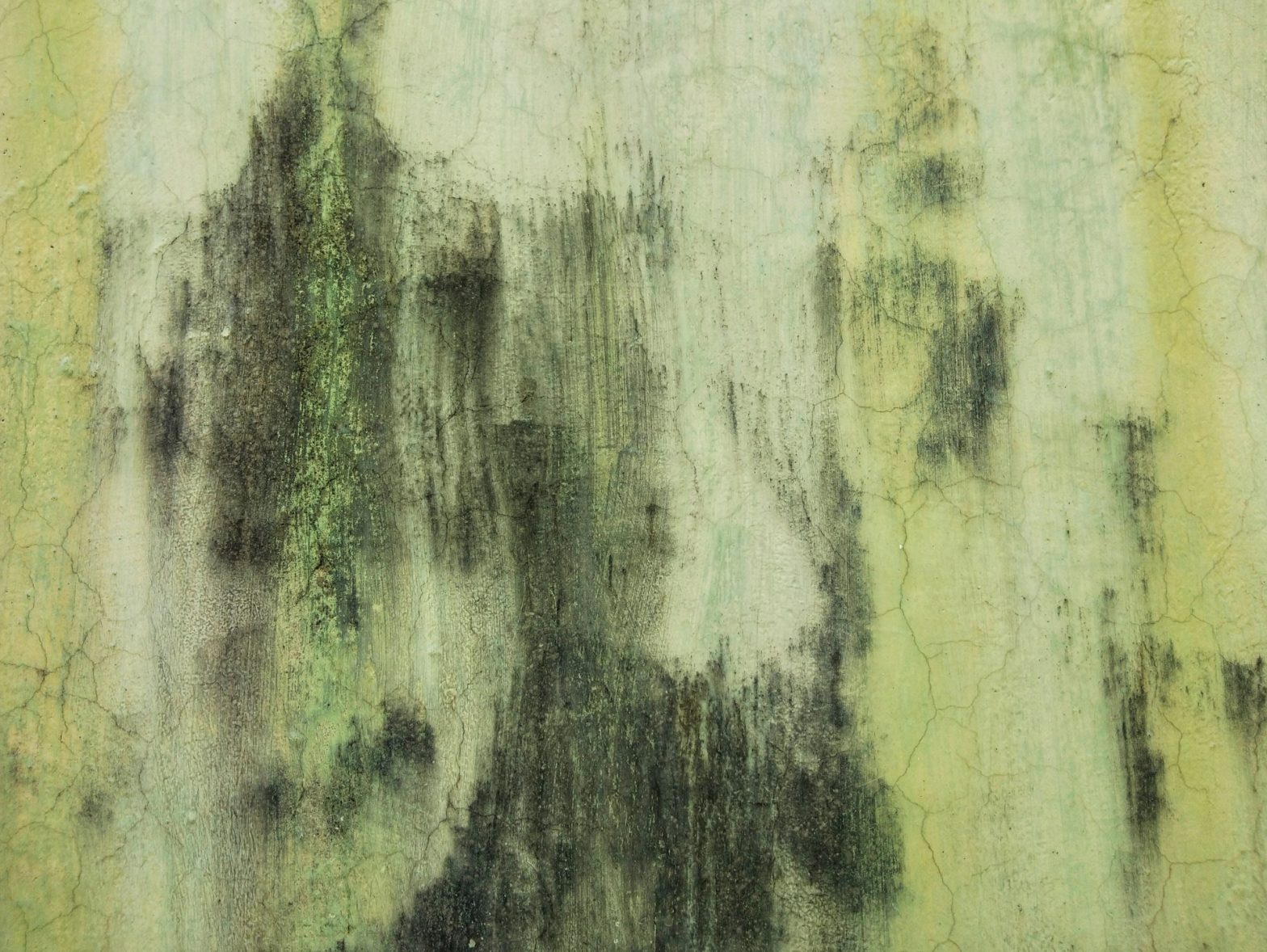In bustling urban centers like Los Angeles, where the climate can be humid and buildings are densely packed, the potential for mold growth poses a persistent challenge. Effective mold remediation Los Angeles requires proactive measures to prevent its proliferation. By implementing preventive strategies, homeowners and building managers can safeguard their properties and occupants from the hazards of mold contamination.
Moisture Control: Essential Steps to Prevent Mold Growth
1. Repairing Leaks
Addressing plumbing leaks, roof leaks, and any other sources of water intrusion in a timely manner is critical when it comes to mold prevention. Beyond preventing visible water damage, it also mitigates the risk of moisture seeping into building materials, which can foster hidden mold growth and compromise the structural integrity of the property.
2. Proper Drainage
Effective gutter systems and appropriate grading around the property are essential for directing rainwater away from the foundation and exterior walls. By preventing water accumulation near the building’s perimeter, these measures minimize the risk of moisture penetrating into basements, crawl spaces, and other vulnerable areas, thereby reducing the likelihood of mold infestation.
3. Regulating Humidity Levels
Installing dehumidifiers in moisture-prone areas, such as basements, bathrooms, and kitchens, helps regulate indoor humidity levels. By removing excess moisture from the air, dehumidifiers create an environment less conducive to mold growth. This proactive approach is especially crucial in regions with high humidity levels, where airborne moisture can easily contribute to mold proliferation if left unchecked.
Maximizing Airflow for Mold Prevention
1. Use of Exhaust Fans
Installing high-quality exhaust fans in moisture-prone areas such as bathrooms, kitchens, and laundry rooms is crucial. These fans increase ventilation and effectively remove humidity and moisture from the air, preventing condensation and inhibiting mold growth. It’s essential to choose exhaust fans with appropriate capacity and features like timers or humidity sensors for optimal performance and energy efficiency.
2. Cross Ventilation
Cross ventilation, achieved by opening windows and doors, is vital for promoting airflow throughout the property. This natural ventilation method helps reduce indoor humidity levels and prevents stagnant air, creating an inhospitable environment for mold growth. Placing fans strategically near openings can further enhance cross ventilation, ensuring consistent airflow and preventing moisture buildup in confined spaces.
3. Air Purification Systems
Investing in air purifiers with HEPA filters is essential for removing mold spores and other airborne contaminants from indoor air. HEPA filters are highly effective at capturing particles as small as 0.3 microns, including mold spores, pollen, dust, and pet dander. Additionally, air purifiers with multiple filtration stages, such as pre-filters and activated carbon filters, provide comprehensive purification, ensuring cleaner and healthier indoor air quality.
Proactive Maintenance Measures: Safeguarding Against Mold Infestation
1. Inspections
Regular property inspections are crucial for detecting early signs of water damage, leaks, or moisture buildup. This proactive approach allows for timely intervention to address issues before they escalate and become conducive to mold growth. Utilizing tools such as moisture meters can aid in identifying hidden moisture pockets, ensuring thorough assessment and mitigation of potential mold risks.
2. Cleaning
Routine cleaning and disinfection of moisture-prone areas like bathrooms, basements, and attics are essential for mold prevention. Removing dust, dirt, and organic matter deprives mold of nutrients and reduces its potential for growth. Using EPA-approved disinfectants effectively eliminates existing mold spores and inhibits their recurrence, maintaining a hygienic environment and safeguarding occupants’ health.
3. Gutter Maintenance
Proper maintenance of gutters and downspouts is critical for preventing water accumulation and subsequent moisture-related issues. Regular clearing of debris, such as leaves and twigs, ensures unobstructed water flow, minimizing the risk of overflow and water seepage near the foundation. Additionally, inspecting gutter seams and joints for leaks and repairing them promptly prevents water intrusion, mitigating the likelihood of mold development in structural components.
When to Enlist Professional Mold Remediation Services: Recognizing the Limits of DIY Approaches
1. Extensive Mold Growth
Extensive mold infestations covering large areas or infiltrating deeply into building materials pose significant health risks and structural damage. Professional remediation from a full restoration service company, such as One Of A Kind Restoration, is necessary to safely and effectively address such widespread contamination, utilizing advanced techniques and equipment to contain and eradicate mold colonies thoroughly.
2. Health Concerns
Mold exposure can exacerbate respiratory issues and allergies, particularly in vulnerable groups or immunocom promised individuals. Professional remediation from an IICRC-certified company, like One Of A Kind Restoration, ensures the removal of mold spores and toxins, safeguarding occupants’ health and well-being. Trained experts employ industry-standard protocols and protective measures to mitigate health risks associated with mold contamination.
3. Hidden Mold
Mold often thrives in concealed areas like wall cavities, under flooring, and within HVAC systems, evading detection by untrained individuals. Professional remediation teams from One Of A Kind Restoration utilize specialized equipment such as thermal imaging cameras and moisture meters to identify hidden mold growth accurately. Their expertise enables targeted remediation efforts, preventing further spread and recurrence of mold infestation.
Conclusion
In the battle against mold, prevention is paramount. By implementing moisture control measures, ensuring proper ventilation, and conducting routine maintenance, property owners can mitigate the risk of mold infestation. However, when faced with extensive mold growth or safety concerns, enlisting the expertise of a professional full restoration service company with IICRC certification like One Of A Kind Restoration is essential. With their specialized knowledge and certification, they provide comprehensive mold remediation services, safeguarding properties and occupants from the adverse effects of mold contamination. Remember, proactive prevention today ensures a healthier and safer environment tomorrow.


































